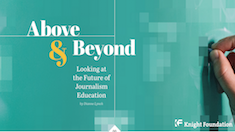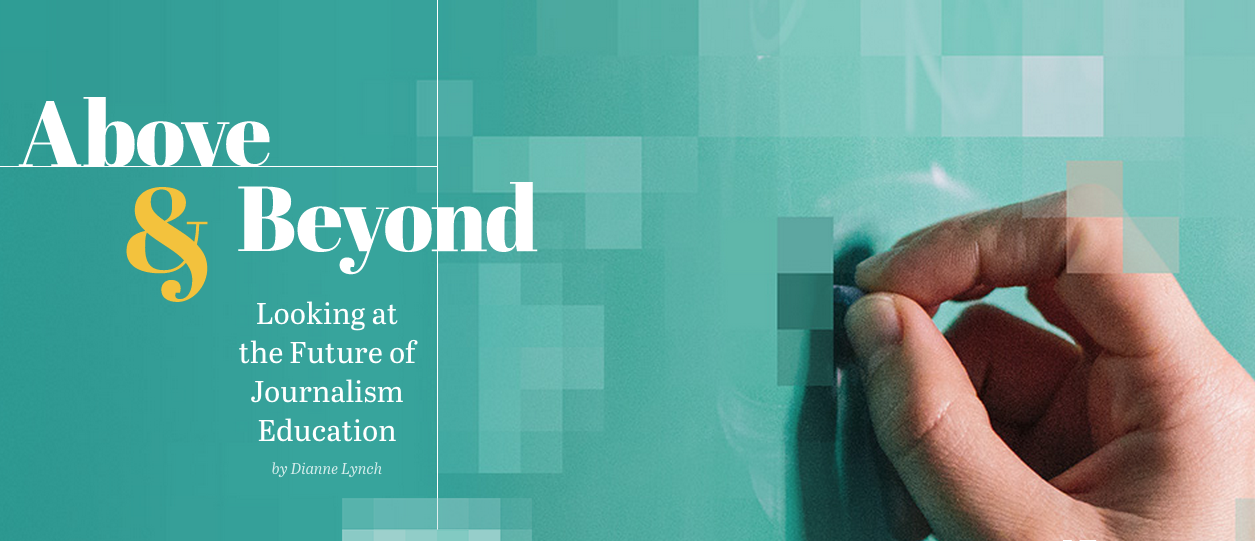Ten months ago, when the John S. and James L. Knight Foundation asked me to track down the best ideas I could find about what journalism education should be and do in 2025, we agreed on a few basic rules of engagement:
-
This was not a research project in the social-scientific manner of traditional academic research. Its interview and survey subjects would not statistically represent any particular group or population; in fact, I would talk to anybody I thought might have something interesting to say.
-
I would record every conversation. I’d then return to each of the interview subjects to confirm that their words were not simply what they had said—after all, I had the recording on my iPhone—but what they had actually intended to say. In other words, my interest is in presenting what they really think.
Having only a few rules seemed to fit the expansive nature of the assignment. Think of what journalism students will need to know to be successful graduates of the Class of 2025. It immediately brought up a larger question that I did not wish to take on alone or without preparation: How do we educate students for a media world we honestly can’t imagine?
The following report offers, I hope, a way to begin to look at the challenges ahead. This brief introduction is followed in section 2 by an overview of the state of American journalism in 2014, followed in section 3 by a summary description of the state of journalism education. Before leaping ahead, it seemed helpful to provide context by aggregating much of the best reporting on the relevant issues (with clear pointers to the sources).

